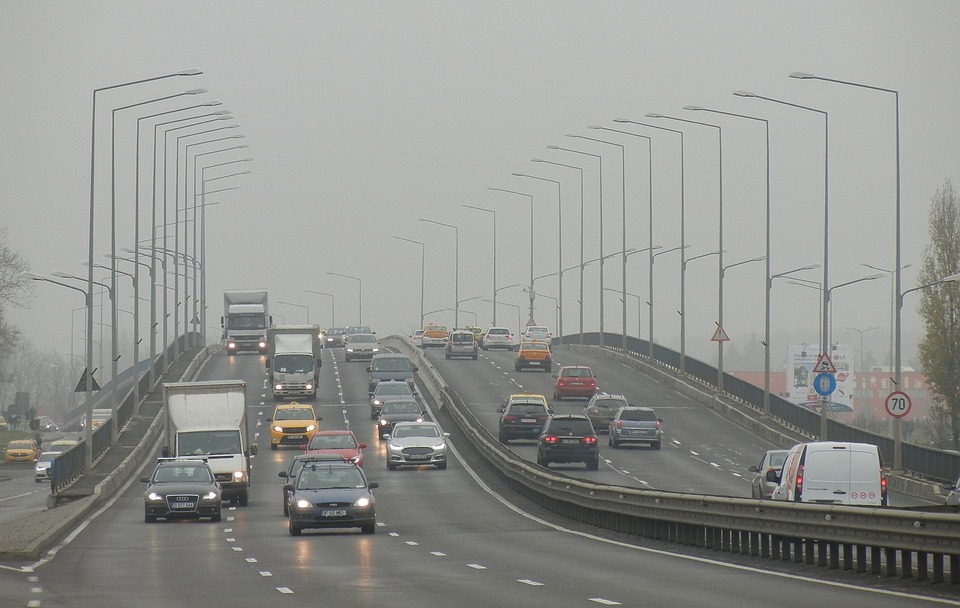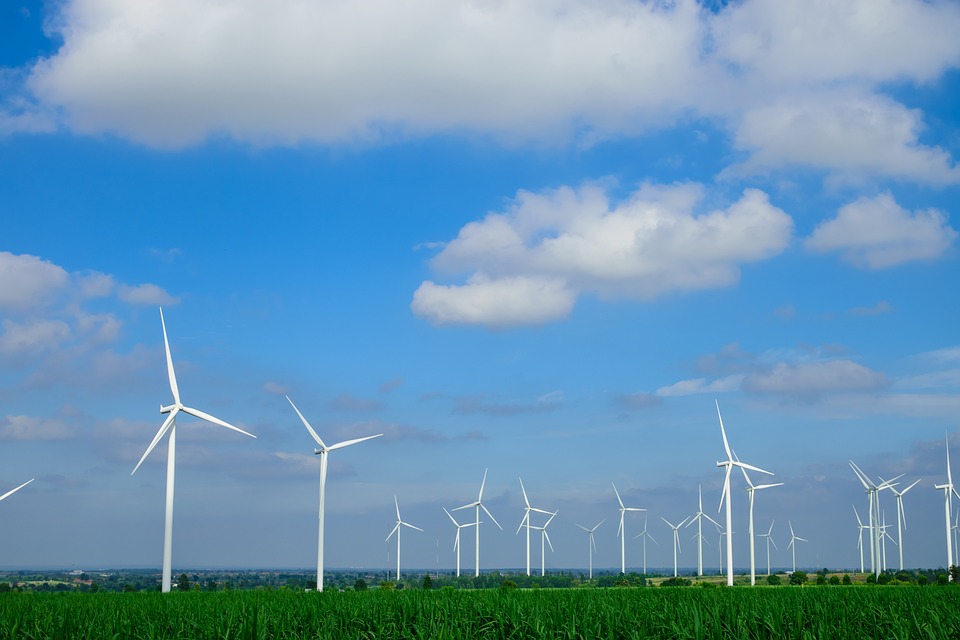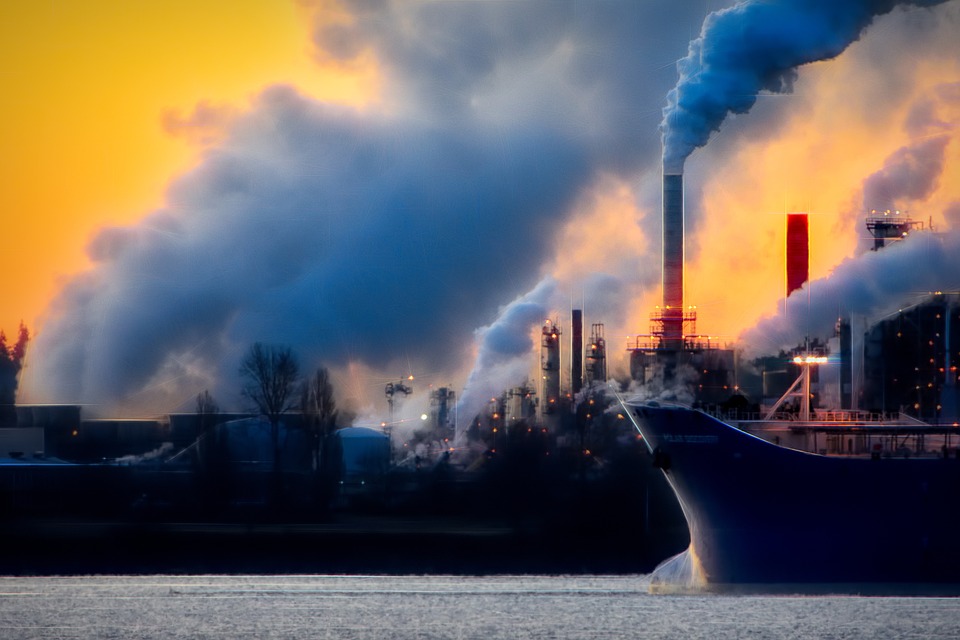With the world’s average temperature rising each year, it’s more important than ever to take immediate action to lessen the effects of global warming. But where do you start? Here are 10 simple but powerful steps you can take right now that will reduce your carbon footprint and have a positive impact on our planet!
Table of Contents
Introduction
Global warming is an ever-increasing environmental issue that is having a significant impact on our planet. Rising temperatures, melting ice caps, and more frequent and intense natural disasters are all indicators of this global crisis. According to the Intergovernmental Panel on Climate Change (IPCC), if no action is taken, global temperatures could rise by 6℃ or more by 2100! This would have catastrophic consequences for our environment, ecosystems, and society as a whole.
The good news is that we can make a difference in the fight against climate change. While it can feel like an overwhelming problem to tackle, there are things we can do right now to lessen the impact of global warming. It’s important to take immediate action in order to reduce the negative effects of global warming before it’s too late.
In this article, we will explore 10 key steps that can be implemented right away to lessen the impact of climate change. Through reducing transportation emissions, becoming energy efficient, conserving water and reducing plastic consumption, we can make a positive difference in reducing our environmental impact. We’ll also discuss how supporting renewable energy sources is essential in reducing the effects of global warming in the long run. With these tips and strategies in mind, everyone can set out to do their part in making an immediate, proactive change towards reducing global warming – now!

Reducing Transportation Emissions
Transportation is one of the leading causes of global warming, and reducing the number of miles driven can have a significant impact on reducing transportation emissions. Carpooling and biking are great alternatives to driving for short trips around town or for commuting to work. Not only do these methods of transport contribute fewer emissions to the atmosphere, but they can also save money on fuel costs. Public transportation is a convenient and sustainable option in cities and suburbs where it is available, and can help reduce the number of cars on the road, thereby decreasing emissions from vehicle exhausts.
Electric vehicles offer a clean and efficient mode of transportation that has zero tailpipe emissions, thus they help reduce air pollution and are becoming increasingly popular as a sustainable option. If you cannot switch to an electric vehicle due to budget constraints, you can consider replacing your existing car with a hybrid or electric model that uses less fuel and produces fewer greenhouse gases.
Air travel is an incredibly convenient way to connect people across long distances, however it produces a significant amount of carbon dioxide that contributes to climate change. If possible, opting for rail or ground transportation instead can help reduce overall emissions from aviation fuel usage. Additionally, flying direct rather than making numerous stops can help save on fuel by reducing the amount of time your plane needs to remain in the air.
Overall, there are several ways to reduce the negative impact of our transportation methods on global warming. By switching to more efficient forms of transportation, such as public transit, carpooling, biking, or electric vehicles; reducing our reliance on air travel; and planning direct flights whenever possible, we can all make positive changes towards helping save our planet from further damage caused by global warming.

Becoming Energy Efficient
One of the most effective ways to reduce energy consumption and lower your carbon footprint is by becoming energy efficient. Installing energy efficient appliances such as refrigerators, dishwashers, washing machines, and air conditioners can help you save money on your electricity bill while reducing your contribution to global warming. These appliances use less energy than traditional models do, making them a great way to reduce your energy consumption without sacrificing performance or quality. Additionally, it is important to maintain proper insulation and air sealing throughout your home so that heated or cooled air stays inside instead of escaping through an open window or door. This not only helps to contain the temperature of your home but also reduces the amount of energy necessary to heat and cool the space.
Another simple action that individuals can take towards becoming more energy efficient is making the switch to LED light bulbs which consume significantly less electricity than traditional incandescent bulbs. LED bulbs produce a brighter, longer-lasting light for a fraction of the cost of incandescent bulbs – making them a great low-cost way to conserve energy. In addition, LED lights do not contain any hazardous materials such as those found in fluorescent bulbs, thus helping to promote a healthier environment by reducing waste and emissions. Incorporating solar energy into daily routines is also an excellent way to produce clean, sustainable energy with minimal environmental impact. Whether it’s investing in a solar panel system for your home or purchasing products powered by renewable sources such as solar garden lights or solar-powered cell phone chargers; utilizing renewable energy sources helps reduce dependence on fossil fuels and contributes towards a healthier environment for all living things.
Not only does becoming energy efficient help reduce your carbon footprint, but it also helps create long-term savings on energy costs – allowing you to enjoy lower bills month after month. Taking steps like installing energy-efficient appliances, properly insulating and air sealing your home, using LED lightbulbs, and incorporating renewable energies into everyday life can drastically reduce your overall energy consumption. Every step towards reducing your reliance on non-renewable energies makes an impact – no matter how small – in helping to mitigate the effects of global warming and protecting our environment for generations to come.

Conserving Water
Water is a vital resource for life on Earth and is essential for sustaining healthy ecosystems. Unfortunately, due to climate change, water is under threat from droughts, water shortages, and melting glaciers and polar icecaps, which contribute to sea-level rise. As such, conserving water is one of the most effective ways of reducing our impact on the environment and mitigating global warming.
There are a number of simple steps that individuals can take to conserve water in their everyday lives. For instance, limiting shower time and turning off the tap when brushing teeth or washing dishes can add up significant savings over time. Moreover, homeowners should consider installing low flow fixtures in their bathrooms and kitchens – like showerheads, taps, and toilets – as these use less water than traditional fixtures while also reducing water bills.
On a larger scale, governments and cities need to take action by implementing better water conservation policies and enforcing regulations. This could include supporting rainwater harvesting schemes in urban areas, mandating efficient irrigation systems in agriculture, or introducing laws that prohibit unnecessary watering practices such as lawn-watering in public parks or golf courses. All these initiatives will help to ensure that water resources are used responsibly and our environment is protected from further degradation due to climate change.
Furthermore, individuals can get involved with local organizations dedicated to protecting water sources in their area, such as watershed protection groups or volunteer clean-up crews. They can also raise awareness within their communities by organizing educational events or writing letters to decision makers advocating for better water conservation policies.
In summary, conserving water is an important part of reducing global warming, and there are many practical steps that individuals can take at home or in their community to do so. By becoming more mindful of our water usage and supporting initiatives that promote better regulation of the precious resource, we can make a real difference in protecting our planet from further damage caused by climate change.
Reducing Plastic Consumption
Plastic is a major contributor to global warming. Its production and disposal releases toxic chemicals into the environment and creates high levels of greenhouse gas emissions. Thus, reducing plastic consumption is an easy and effective way to combat global warming. Minimizing single-use plastics can have a significant impact on reducing such emissions. Fortunately, there are various strategies available for reducing plastic consumption.
The first step to reduce your plastic consumption is to switch to reusable alternatives whenever possible. Instead of using plastic baggies or disposable containers, opt for containers made from materials such as glass, metal, or bamboo that can be washed and reused again and again. You can also switch to reusable water bottles instead of buying bottled water in plastic containers.
Another helpful tip is to shop with reusable bags when grocery shopping or purchasing items from other stores. Avoid buying products packaged in plastic and opt for items with less or no packaging at all. Additionally, try not to buy any pre-packaged snacks that come wrapped in plastic and instead prepare your own meals to reduce the amount of packaging waste you generate.
Finally, make sure you dispose of your plastic waste responsibly by recycling it or donating it for reuse. The goal is to keep as much plastic out of landfills as possible since this only increases greenhouse gas emission levels due to improper disposal methods. Many cities and towns across the country have recycling programs in place where residents can drop off their reusable plastics for collection and proper disposal.
In summary, reducing plastic consumption is an important step in tackling global warming; everyone has the power to make a difference by following simple steps such as switching to reusable alternatives, avoiding pre-packaged snacks, and properly disposing of any waste generated. It’s not too late – start making small changes now and see how they add up over time!

Supporting Renewable Energy
Renewable energy sources, such as solar and wind power, are essential to halting the effects of global warming. These alternative sources of energy generate electricity with minimal or zero emissions, making them a much cleaner choice than traditional fossil fuels. By switching to renewable energy sources, we can reduce our reliance on greenhouse gases and prevent further damage to our planet’s climate. Moreover, transitioning to renewable energy is a simple and cost-effective way to reduce one’s own carbon footprint and help fight global warming in the long-term.
Governments around the world are taking action to increase their use of renewable energy sources. For example, some countries have invested heavily in solar power plants while others have developed offshore wind farms that generate clean electricity. Additionally, many countries have implemented policies that incentivize renewable energy production and consumption by offering tax breaks or subsidies to businesses and homeowners who switch to green sources of energy. This helps encourage the public to make positive changes for the environment by investing in renewable energy sources.
The average person can support renewable energy through small lifestyle changes as well. This could include things like switching from traditional light bulbs to LED lights, unplugging electronic devices when not in use, or investing in solar panels for one’s home or business. Furthermore, many companies now offer green programs that allow customers to purchase 100% renewable electricity or receive credits for supporting clean energy projects in their area. Even small actions like these can add up to make a big difference in the fight against global warming.
Finally, renewable energy has beneficial effects for both the environment and economy in the long-term. By shifting away from fossil fuels and towards alternative sources of energy, we can reduce air pollution levels and slow down the rate of global warming while creating jobs in innovative industries that focus on sustainability and clean energy production. Additionally, increasing our use of renewable energy can help create a more secure energy supply that is not dependent on fluctuating oil prices or geopolitical tensions between producing countries.
In conclusion, supporting renewable energy is an important step towards reducing global warming now! It is a simple action that everyone can take to lessen their environmental impact while also contributing towards creating a more secure and sustainable future for our planet.
Other Tips and Strategies
In addition to the strategies discussed above, there are other ways to help mitigate global warming. Planting trees is one of the most effective ways to fight climate change as they absorb carbon dioxide from the atmosphere and release oxygen. Trees also provide shade and natural habitat for animals and insects as well as prevent soil erosion. Cutting down on food waste is another great way to help reduce global warming. Wasting food requires more energy to produce and increases emissions. Making conscious decisions when it comes to buying products can also have a positive impact on global warming. Purchasing items made with natural materials and those labeled as “sustainable” or “eco-friendly” can reduce the amount of energy used in production and lower emissions.
Finally, an individual can take steps towards reducing their own carbon footprint by making lifestyle changes. This can include taking shorter showers, turning off lights when not in use, using cold water for laundry, eating locally grown produce, and carpooling whenever possible. By taking these small steps towards making a big difference and doing our part to fight global warming, we can collectively make a world-wide impact together!
Global warming is a serious concern that needs immediate attention from everyone around the world if we are to protect our planet for future generations. This article provides an overview of 10 immediate steps that can be taken now to help reduce the impact of global warming. From becoming energy efficient and reducing transportation emissions, to conserving water and reducing plastic consumption, these strategies offer viable solutions that can have a positive effect on climate change. We all have a responsibility to do our part in stopping the clock on global warming before it’s too late!
Conclusion
Taking action to reduce the impact of global warming is critical to protecting our world and its inhabitants. We have a moral obligation to take steps towards reducing our carbon footprint and promoting renewable energy sources. All of us can contribute, no matter how small, towards making a difference in the climate crisis. We can start by implementing some of the tips discussed in this article such as becoming energy efficient, reducing transportation emissions, conserving water, reducing plastic consumption and supporting renewable energy sources. Through individual efforts we can make a collective impact against global warming and work towards building a sustainable future.
The time to act is now – let’s all do our part to ensure that our planet is healthy and thriving for generations to come!
The effects of global warming are becoming increasingly more apparent every day, and it is up to us to take action to mitigate its impacts. With this article, we’ve outlined 10 immediate steps that can be taken by individuals to reduce the impact of global warming on our planet. From becoming energy efficient to reducing plastic consumption, these tips are easy to implement and everyone can make a difference. By taking action, we can ensure a better future for our planet and generations to come.
FAQ
What are 5 effects of global warming?
1. Rising Sea Levels: Global warming causes the melting of glaciers and ice sheets, resulting in a rise in sea levels. This threatens coastal communities and island nations, as well as increasing the risk of flooding and storm surges.
2. Extreme Weather: Global warming is increasing the frequency and intensity of extreme weather events, such as heatwaves, droughts, floods, and tropical storms.
3. Loss of Biodiversity: Warmer temperatures and changing weather patterns can disrupt the habitats of some species, leading to their decline or extinction.
4. Changes in Ecosystems: Global warming is causing changes to the availability of water, soil fertility, and other resources, resulting in shifts in species composition and the decline of some ecosystems.
5. Ocean Acidification: The ocean absorbs much of the carbon dioxide released into the atmosphere, resulting in ocean acidification. This can affect marine life, coral reefs, and fisheries.
What is causing global warming?
Global warming is primarily caused by human activities, such as the burning of fossil fuels, that increase the amount of greenhouse gases in the atmosphere. Greenhouse gases, such as carbon dioxide, trap heat and cause the Earth’s atmosphere to become warmer. Other human activities, such as deforestation and industrial agriculture, also contribute to global warming.
What is global warming and why is it a problem?
Global warming is the process of Earth’s average surface temperature rising due to increased concentrations of greenhouse gases, such as carbon dioxide, in our atmosphere. These gases trap heat in the atmosphere and the Earth’s surface, leading to an increase in average global temperatures. Global warming is a problem because it is causing a number of adverse impacts such as melting glaciers, sea level rise, more extreme weather events, and an increased risk of species extinction.
How serious is climate change 2022?
Climate change is an urgent and growing crisis that is already having dramatic impacts on people and the environment around the world. The scientific evidence is clear: the climate is changing faster than ever before and its effects are getting worse. By 2022, we will likely see more frequent and intense heat waves, droughts, floods, and other extreme weather events, as well as rising sea levels and ocean acidification.
How does global warming work?
Global warming is caused by the accumulation of greenhouse gases in the atmosphere due to human activities such as burning fossil fuels, deforestation, and agricultural practices. The greenhouse gases trap heat from the sun, preventing it from leaving Earth’s atmosphere and causing the planet to become warmer. As temperatures rise, the ice caps begin to melt, sea levels rise, and weather patterns become more extreme.
Where does global warming occur in the atmosphere?
Global warming occurs in the troposphere, which is the layer of the atmosphere closest to the surface of the Earth. This layer is where most of the weather and clouds occur.


